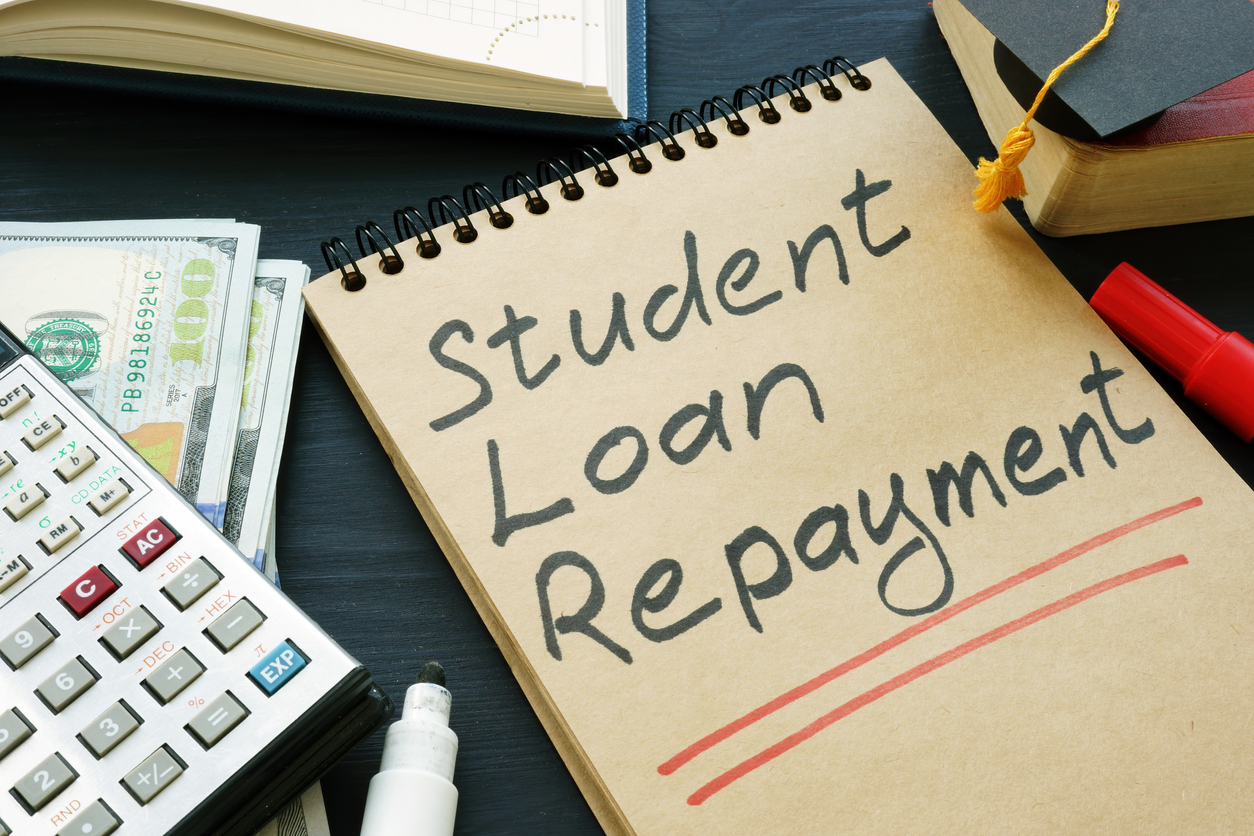
Share On Social!
It’s been nine months since President Biden announced his student loan forgiveness plan, and a lot has happened since.
Whether you’re for or against the forgiveness, information on the plan’s status can be confusing and overwhelming.
So, here’s a simplified summary of where our nation stands on student loan forgiveness.
Have Any Loans Been Forgiven?
So far, only targeted groups have benefitted from loan forgiveness. The billions of dollars awarded to these groups account for just 1% of all federal student loan debt.
Most borrowers have yet to benefit from forgiveness, and the current student loan debt amount sits at $1.7 trillion.
What’s the Hold Up with Student Loan Forgiveness?
Pushback on the loan forgiveness plan has occurred across the nation in many states, including Texas, Nebraska, Missouri, Arkansas, Iowa, Kansas, and South Carolina.
This pushback has resulted in court cases that have advanced to the Supreme Court.
This is the major reason why student loan forgiveness is on hold. The Supreme Court is currently hearing cases that challenge the legality of the plan and its implementation.
We shouldn’t expect a ruling from the Supreme Court until June 2023.
What Happens in the Meantime?
As a result of the court cases, the federal government is not currently accepting applications for student loan forgiveness.
If you’ve already applied, the federal government will hold your application.
The student loan payment pause (enacted in March 2020 as a result of the COVID-19 pandemic) is extended until 60 days after the Supreme Court makes a decision, or 60 days after June 30, 2023, whichever comes first.
Other Strategies to Address the Student Debt Crisis
After more than three years of the student loan payment pause, and amid the current inflated economy, it can be financially difficult for many to begin making student loan payments again.
 That’s why the federal government is trying to make the process smoother for those who have struggled to make their payments in the past.
That’s why the federal government is trying to make the process smoother for those who have struggled to make their payments in the past.
In April 2023, the US Department of Education implemented the “Fresh Start” program for borrowers with defaulted federal student loans prior to the pandemic. When a loan is defaulted, it means the loan has gone unpaid (or delinquent) for a certain amount of time.
Qualified borrowers can apply for this program to get back into good standing with their loan payments.
Additionally, on Jan. 10, 2023, the US Department of Education proposed a new plan for income-driven student loan repayments. This plan could help make payments more affordable and decrease the amount of delinquent or defaulted loans, which can have serious financial consequences.
However, this plan is still in the works and might not be implemented by the end of the payment pause.
How Are Latinos Impacted by Student Loan Forgiveness?
Right now, people of all races and ethnicities are eager to know if the student loan forgiveness plan will push through the Supreme Court.
With Biden’s plan, about half of all Latino borrowers are expected to have their entire student debt forgiven, according to Excelencia in Education.
Student loan forgiveness could mean massive financial relief for those who didn’t complete their degree and owe less than $10,000, which is the case for many Latinos.
Further, student loan forgiveness can give many Latinos more room to breathe as they marry, have kids, recover from COVID-19, and save for retirement and an emergency fund.
Latinos would have a better chance at keeping up with other rising expenses, too, such as childcare, housing, and utilities.
The Bigger Picture
Regardless of the Supreme Court’s decision, America’s higher education and student loan system is troubling.
The cost of college is unaffordable for many.
In addition, a college degree doesn’t guarantee a comfortable life with a well-paying job. There are plenty of college graduates struggling to afford basic living expenses. They will likely struggle to afford their student loan payment, too, when the time comes.
While the student loan forgiveness plan will benefit many, it is simply a band-aid on a large, open wound. This wound will continue to bleed borrowers dry if America doesn’t reform its higher education and student loan system.
Learn how to prepare for resumed loan repayment.
Want to know what education looks like in your community?
Donwload you own Salud America! Report Card! Just enter your county name and it auto-generates local data on Latinos with interactive maps and comparative gauges, which can help you visualize and explore differences in education (and housing, transit, and more).
You can compare how your county stacks up in these health improvement issues compared to your state and the nation.
Then you can share the Report Card with your local leaders to advocate for healthy change!
Explore More:
EducationBy The Numbers
142
Percent
Expected rise in Latino cancer cases in coming years



